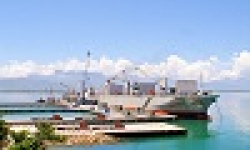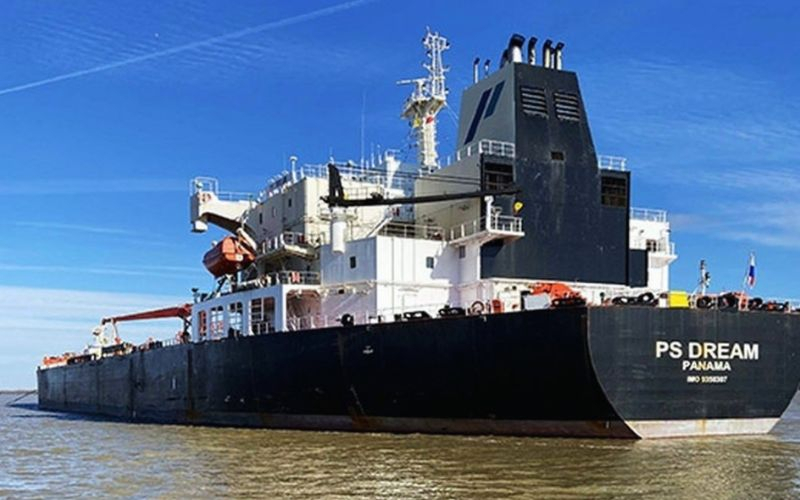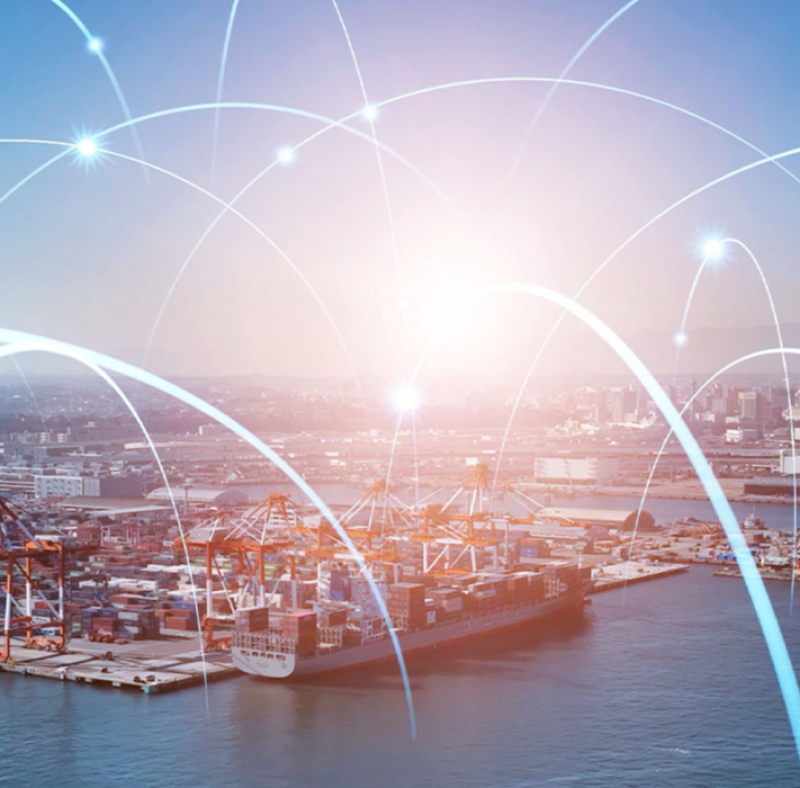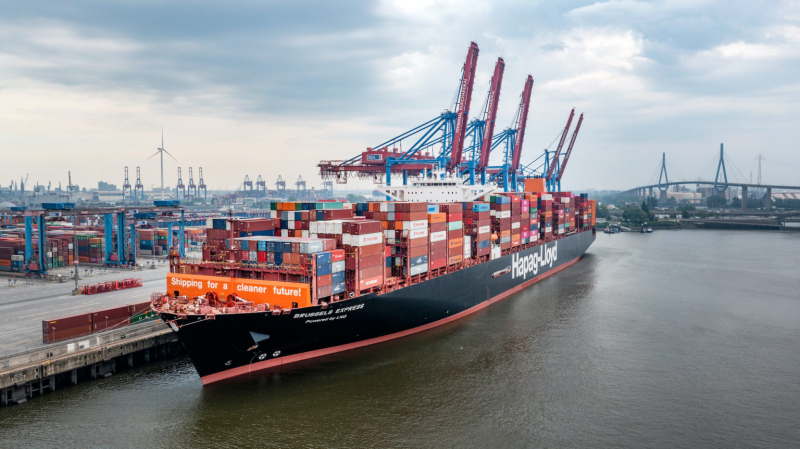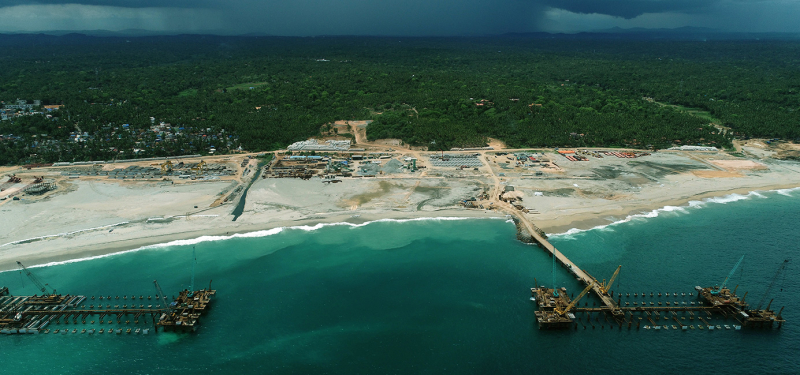
The container shipping industry is at a critical crossroads, with the integration of technology serving as both a challenge and an opportunity.
Overcoming obstacles to embrace new technologies will enable the sector to strike a balance between innovation, safety, and sustainability, securing its competitive edge in the fast-changing global environment.
Container News has synthesized insights from two distinct reports to provide a comprehensive view of technological adoption within the shipping sector and pinpoint essential trends for industry professionals.
A primary concern for the industry is automation and autonomy. The Lloyd’s Register report sheds light on this issue through examples of existing autonomous technologies:
- Integrated Bridge Systems (IBS) that consolidate access to navigational controls and command stations.
- Dynamic Positioning (DP) systems that precisely maintain a vessel’s position using various sensors.
- Power management solutions that optimize propulsion performance according to ship operations. These developments are intricately linked to advancements in artificial intelligence and data collection.
AI systems can be knowledge, data-driven, or a combination of both, analyzing numerous inputs to detect patterns and anomalies. For instance, AI can utilize both historical data and real-time information to enhance machine learning processes.
A notable case study from China, highlighted in Lloyd’s report, shows AI’s impact on ship design, where an AI system at the China Ship Design and Research Centre performed a task in significantly less time with perfect accuracy compared to traditional methods.
Additionally, data from Thetius indicates that 276 companies are active in this market segment, with Small and Medium-sized Enterprises (SMEs) constituting 61% of these players.
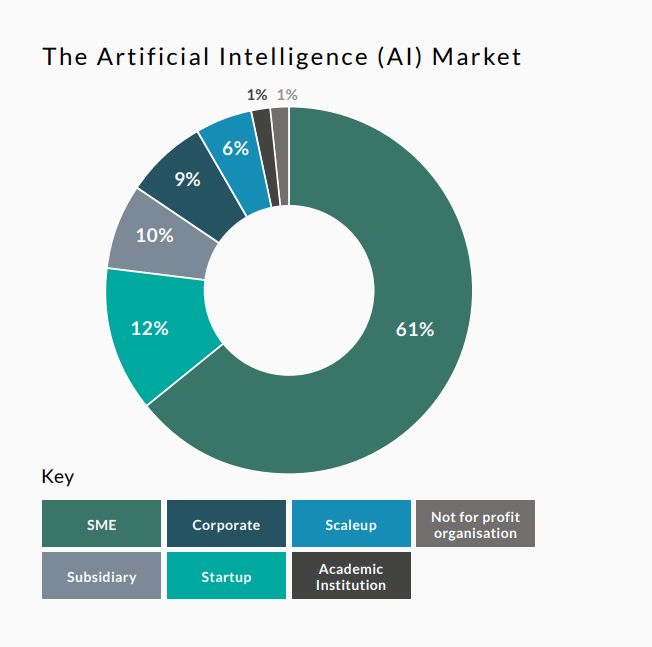
The Digital Container Shipping Association (DCSA) also identified critical trends in technology adoption, revealing that 88% of digitally mature cargo owners report higher customer satisfaction and improved customer experiences compared to 70% of those less advanced.
Moreover, 41% of cargo owners prioritize supply chain visibility and access to real-time information over cost reduction.
Despite the clear benefits of digitalization, such as operational efficiency, scalability, and fraud prevention, the adoption of new technologies faces several barriers.
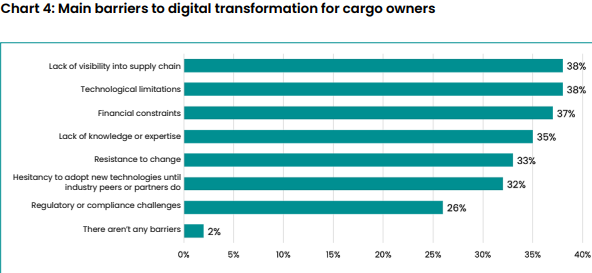
For ocean carriers, system complexity is a major hurdle, while port and terminal professionals cite job security concerns and union resistance as significant obstacles.
Freight forwarders face technical difficulties, such as integration with outdated systems and insufficient investment, whereas cargo insurers struggle with uncooperative external partners reluctant to share data. Although many cargo owners are prepared to digitalize, a substantial portion requires external support to make this transition.
The reports also discuss external pressures that could necessitate further technology adoption, like disruptions in the Red Sea affecting hub ports and leading to increased costs and logistical delays.
Climate-related disasters also pose significant risks to operations, with potential financial losses from port damage estimated to reach up to US$25.3 billion annually by 2100.
The reports by Lloyd’s Register and the Digital Container Shipping Association underscore the importance of embracing digitalization to meet evolving global demands and enhance customer satisfaction.
It is evident that the container shipping industry must navigate a complex landscape of opportunities and challenges.
The main conclusion of the research suggests that simplicity is the key. The needs for the shipping sector are growing as the operational environment becomes more and more challenging. The degree of the new technology adoption will depend on how the new systems are easy to be implemented by the professionals of the sector.



